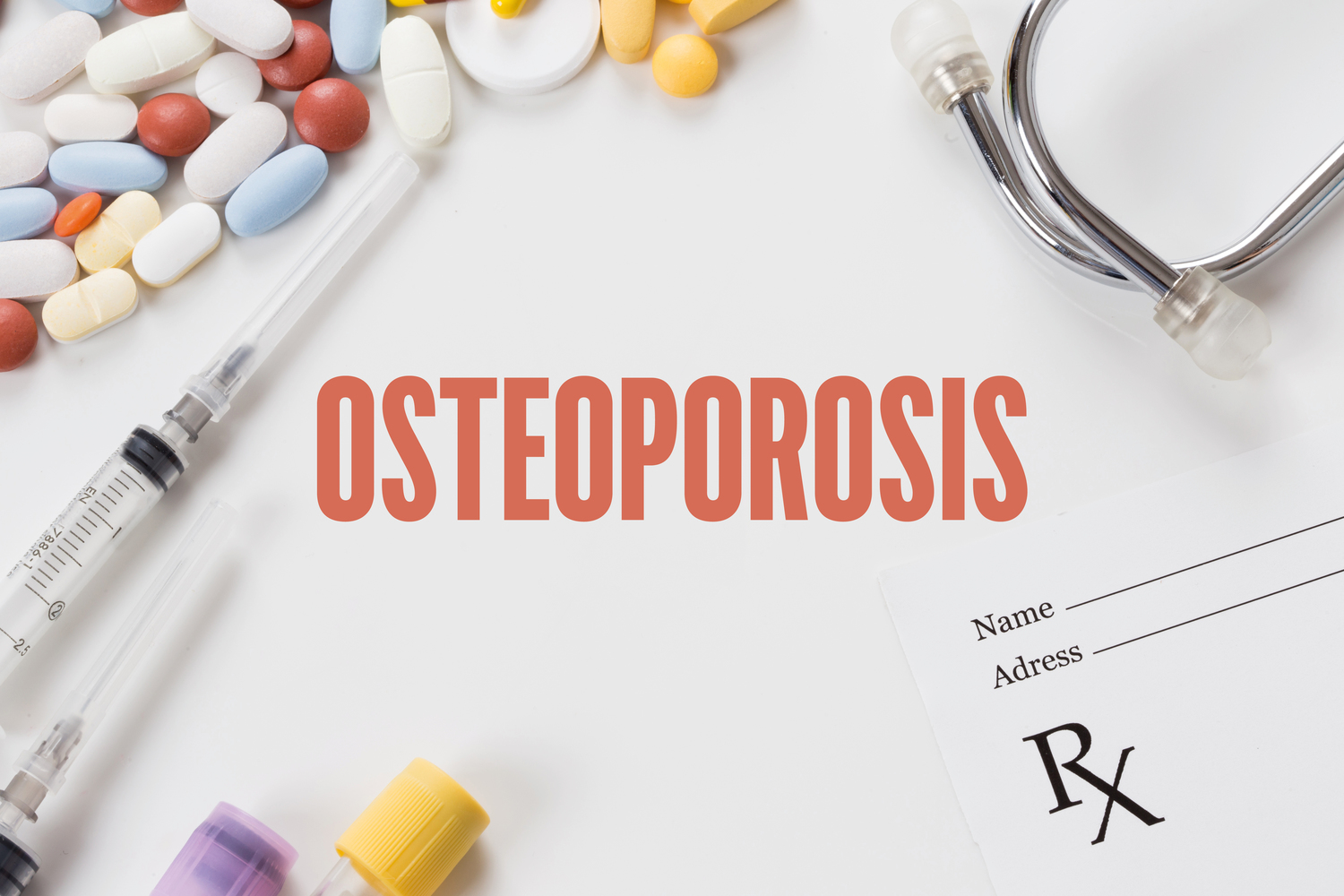
How to Choose the Right Osteoporosis Medication
Osteoporosis is a bone disease characterized by weak, thinning bones. “Osteoporosis” literally means porous bones. As we grow older, bone tissue is not replaced as quickly as it’s lost. The symptoms of osteoporosis include a gradual loss of height and a stooped posture, back pain, and bone fractures caused by minor injuries. These fractures usually occur in the spine, hip, and wrist.
Most osteoporosis treatments work in one of two ways: they either slow down the breakdown of bone tissue or speed up bone replacement. While osteoporosis is a severe and possibly debilitating disease, medications are available to treat osteoporosis and prevent further bone loss. Here are five treatments for osteoporosis:
1. Prolia (denosumab)
When bone density is low, your risk of fractures goes up. Prolia denosumab prevents the natural breakdown of bone, reducing the risk of bone fractures. Because of the side effects, it is usually prescribed by your doctor after other treatments were not tolerated or were not working well.
2. Biophosphonates
This one of the medications is usually one of the first choices for treatment. It is prescribed to help to prevent further bone loss. It can be given as a weekly or monthly pill or by intravenous infusion. People are usually advised not to lay down or bend over to avoid the medication going into the esophagus and causing heartburn. An alternative to pills is an intravenous infusion, usually done on a quarterly or annual basis. You won’t experience stomach upset, but you may feel like you have the flu. The good news is that it usually only occurs after the first infusion.
3. Hormone-related therapy
Hormones may increase bone density, but they may increase the risk of blood clots and certain cancers. Because of these factors, drugs, sometimes referred to as “designer estrogen,” are prescribed. Sometimes referred to as Selective Estrogen receptor modulators (SERMs), they help maintain bone density as estrogen does and are not likely to cause uterine cancer. SERMs may act like estrogen or block estrogen effects, depending on the part of the body.
4. Teriparatide Forteo
Teriparatide and other bone-building medications are often prescribed for those people who have a very low bone density or have had bone fractures. Teriparatide stimulates new bone growth. The idea is that bone growth will be greater than bone loss. The result is that the bone density increases. This drug is given daily by injection. It is important to remember that it does not prevent osteoporosis. After a year or two, these drugs are stopped and medication is prescribed to avoid bone loss.
5. Collagen treatment for osteoporosis
Our bones are a combination of collagen and minerals. Collagen provides the framework which is hardened by the minerals, in particular calcium. Preventing or slowing down collagen loss helps to maintain bone mass. Taking collagen supplements may also increase bone mineral density (BMD) and reduce the proteins that destroy the bone.


